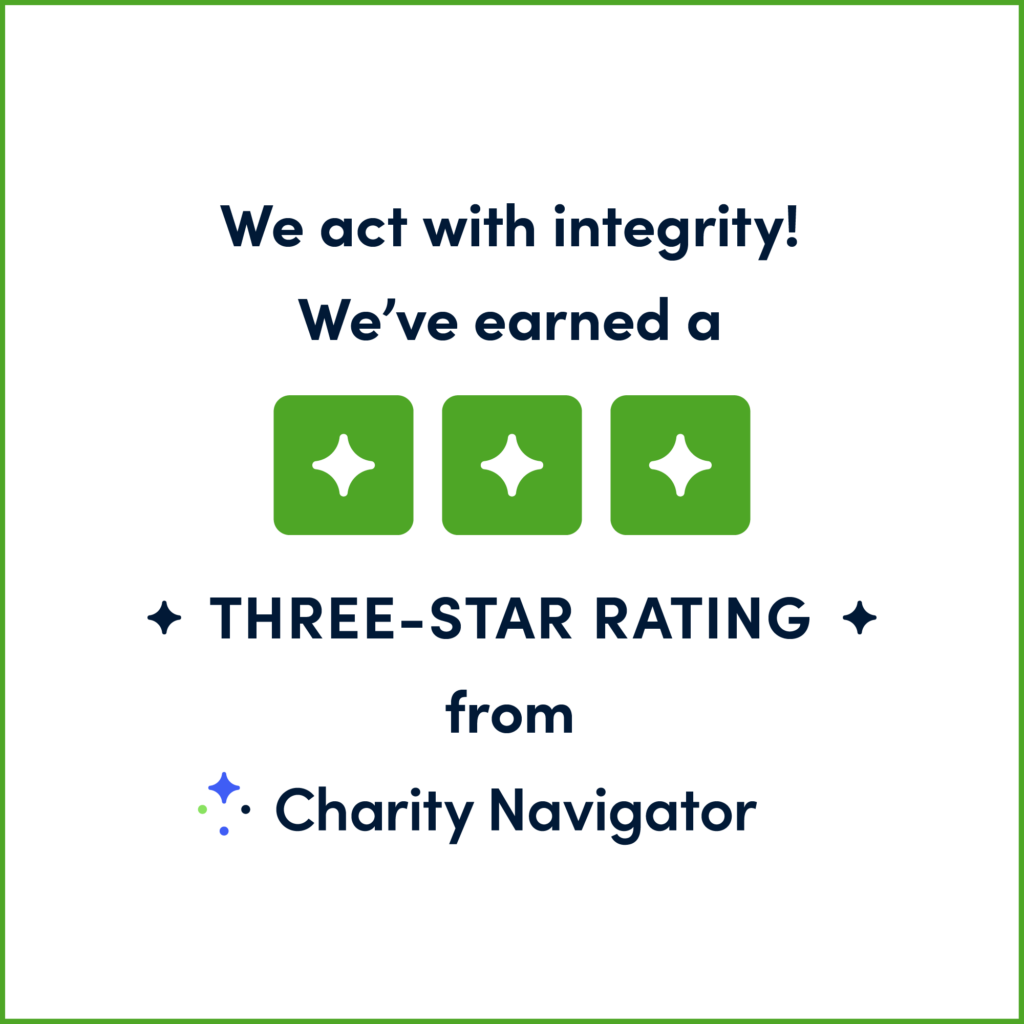Our Mission
Teach Access supports educators to teach and students to learn about digital accessibility. Through collaboration with education, industry, disability advocacy organizations, and the public sector, we are building a future workforce that creates accessible technology.
Our Vision
We envision a future where technology is born accessible and inclusive for people with disabilities.
Strategic Plan
Read about our plan to reach students and ensure that future technologies are born accessible.
2016: Founded
Kickstart Workshop attended by volunteers from industry, academia, and disability advocacy organizations established the vision and goals for the organization.
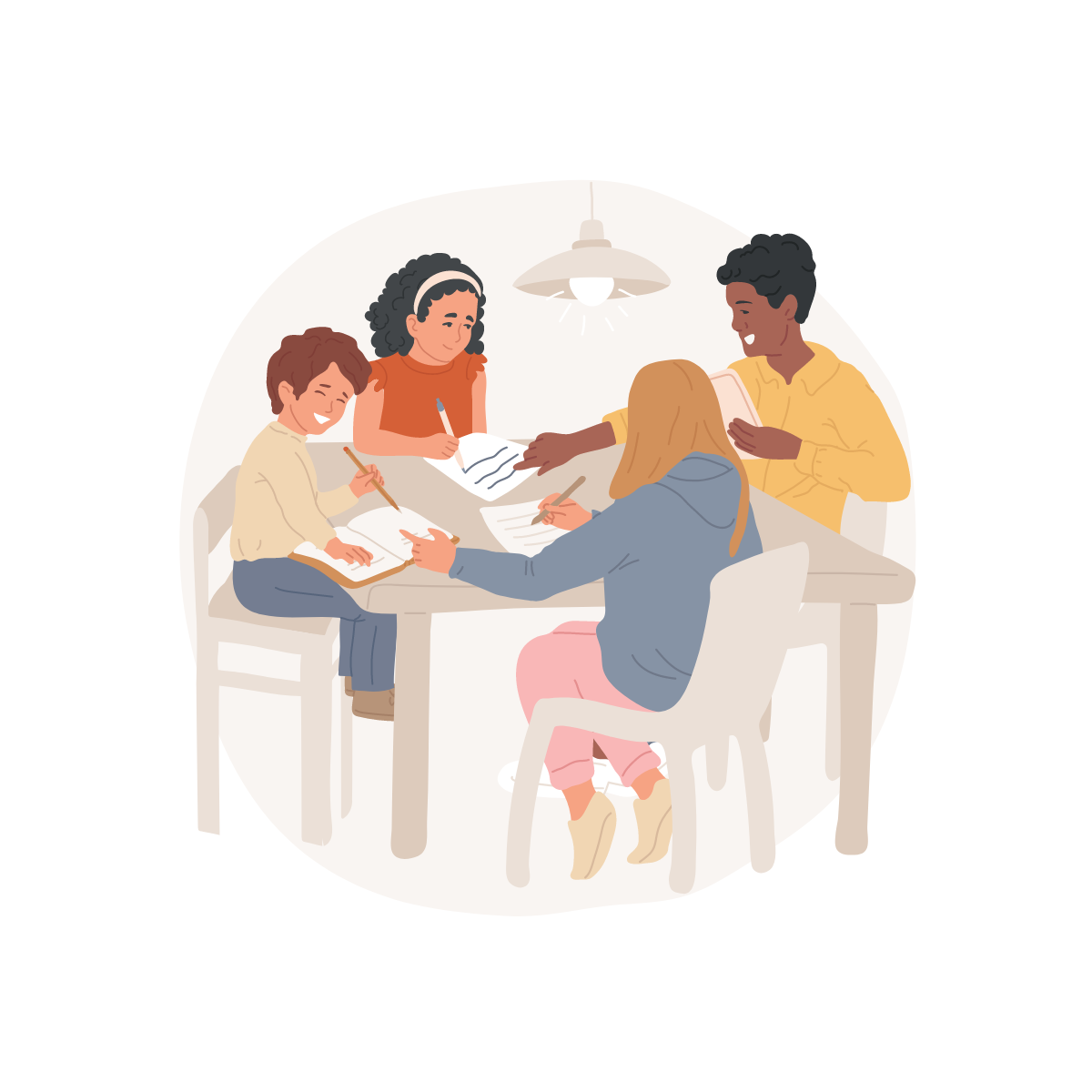
2018: First Faculty Grants Awarded
Faculty were awarded grants to support development of curriculum enhancements that introduced the fundamental concepts and skills of accessible design and development into their existing courses.
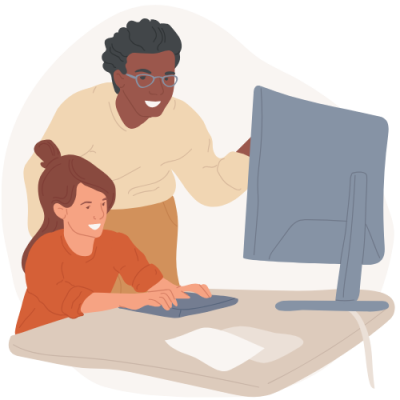
2018: First Study Away Silicon Valley
The Teach Access Silicon Valley Study Away program brought together students, university faculty members, and industry partners to explore the field of accessible technology design and development in Silicon Valley.
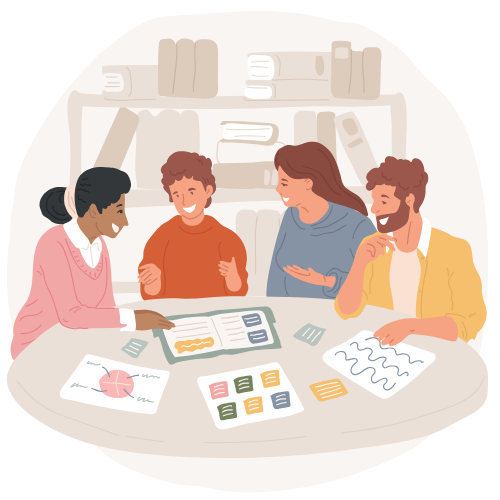
2019: Won a Shorty Award
Finalists in the Shorty Social Good Awards for the categories of Accessibility and B2B (Business-to-Business).
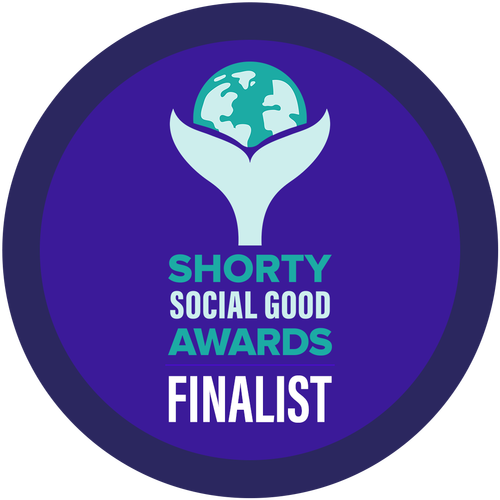
2019: Executive Director Hired
Kate Sonka began serving as the first Executive Director of Teach Access in 2019.
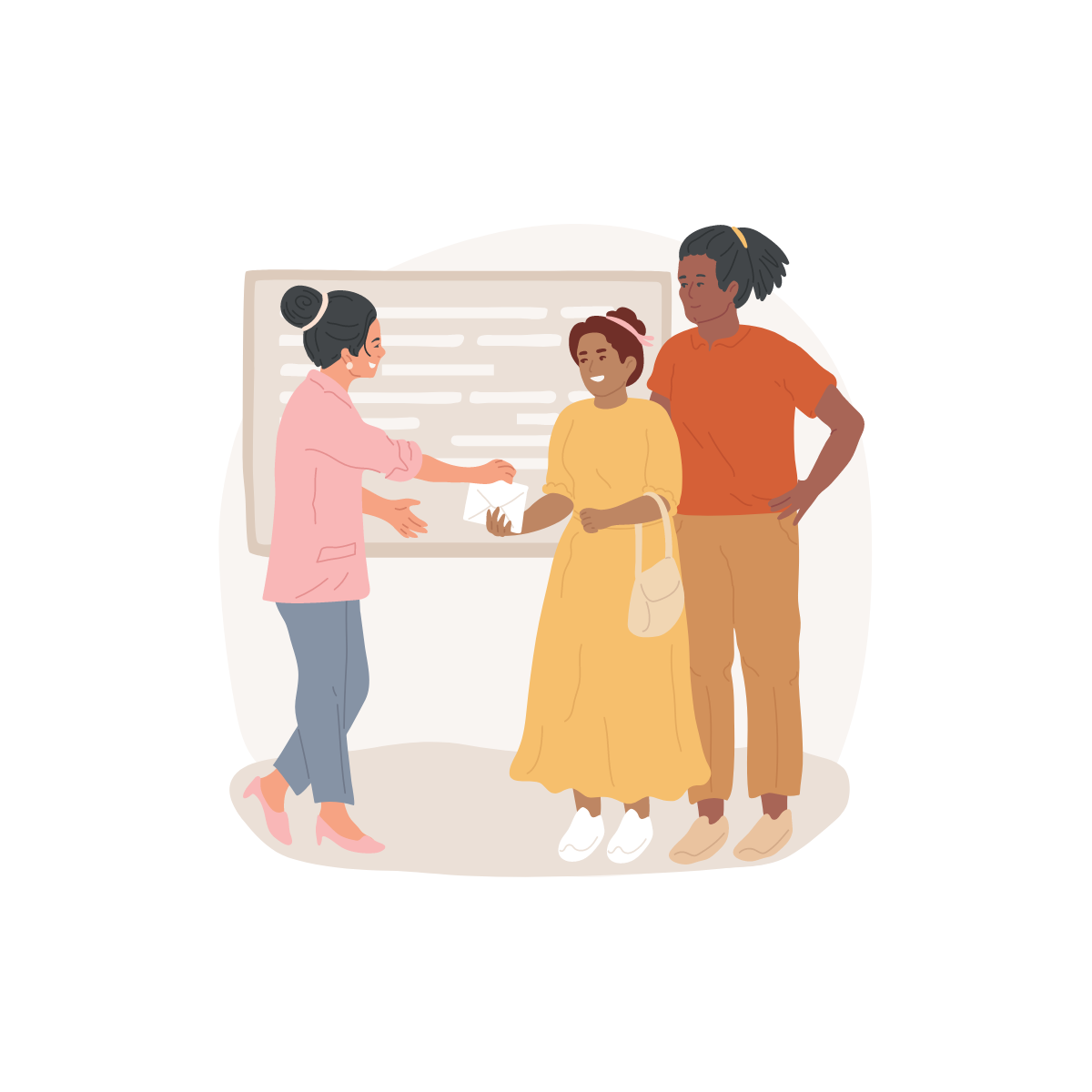
2021-23: Became a 501(c)(3) non-profit & continued to expand
Officially received 501(c)(3) status in 2021. Additional full-time staff and interns were hired between 2022-2023.
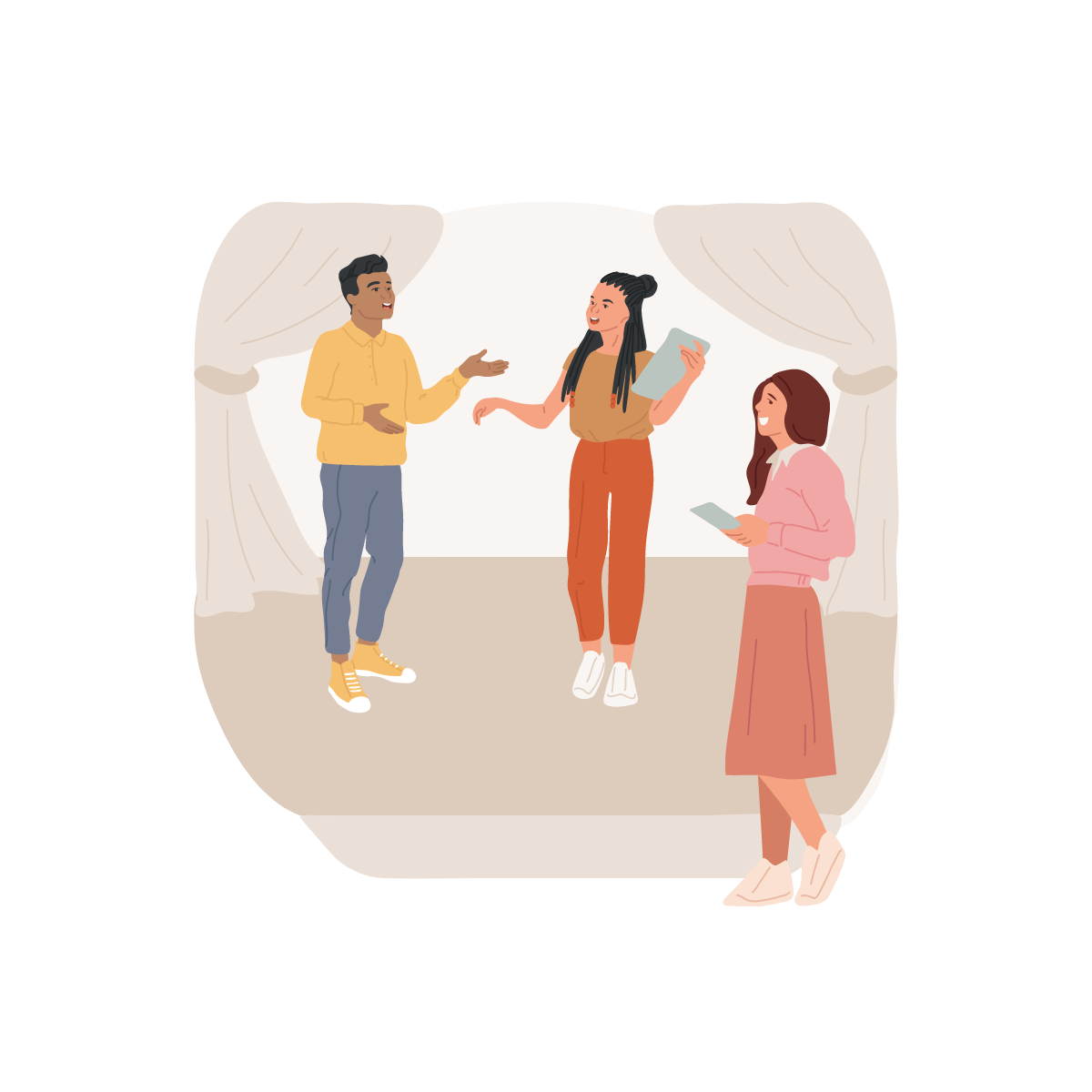
2024: Reached 500,000 students
Reached more than 500,000 students, a milestone in our mission of developing a future of employees who design technological products and services with accessibility in mind.
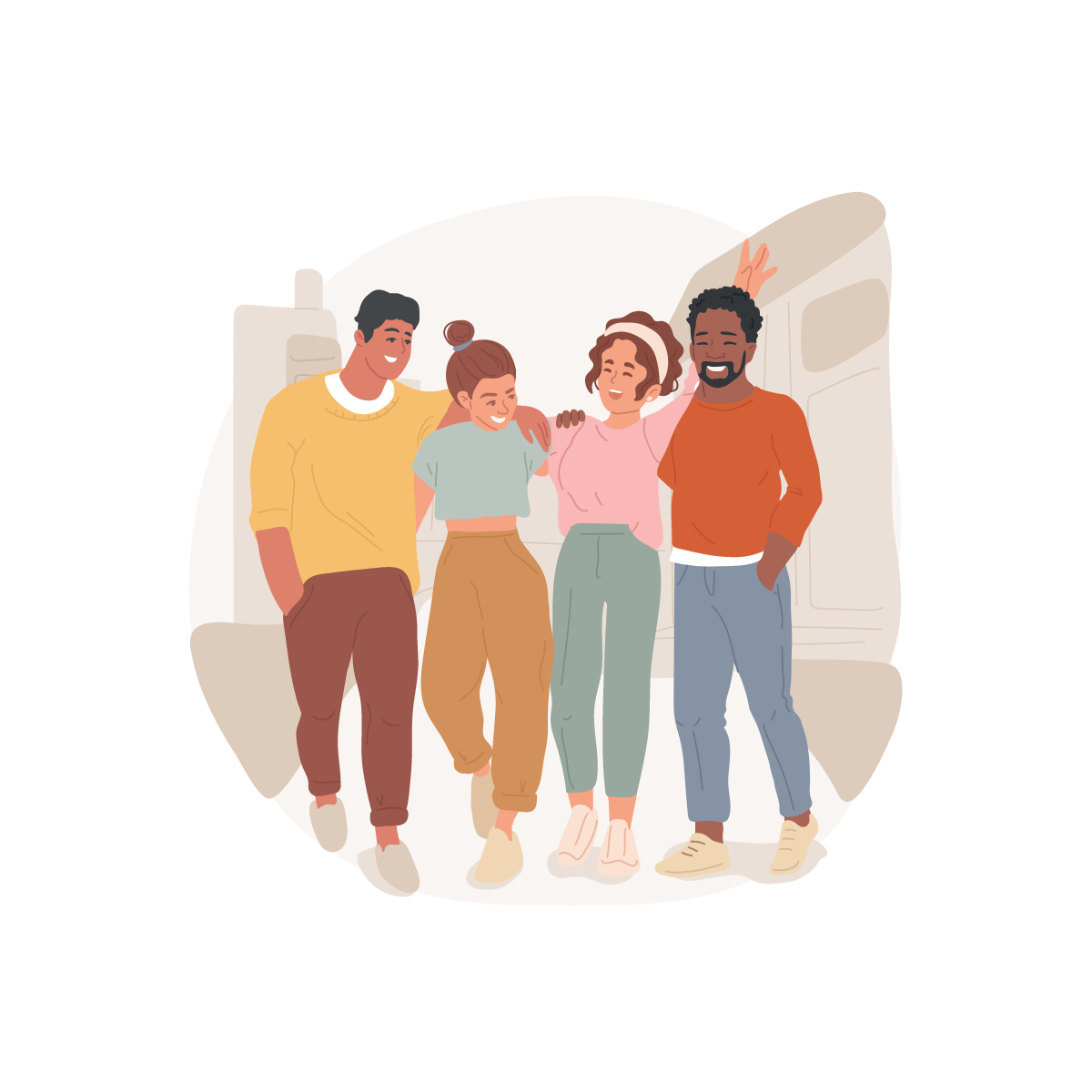
Support Our Mission
Your support ensures a future workforce with the needed skills to allow everyone equal access to technologies.

